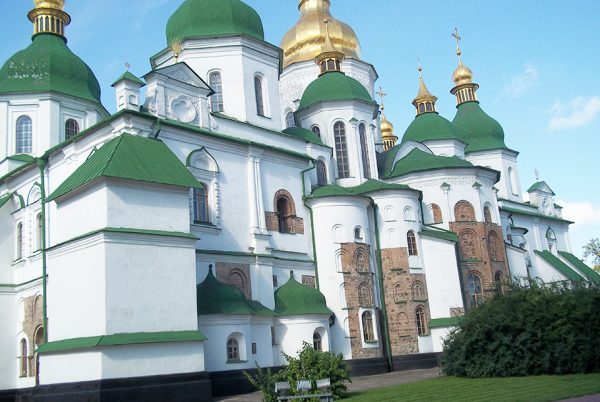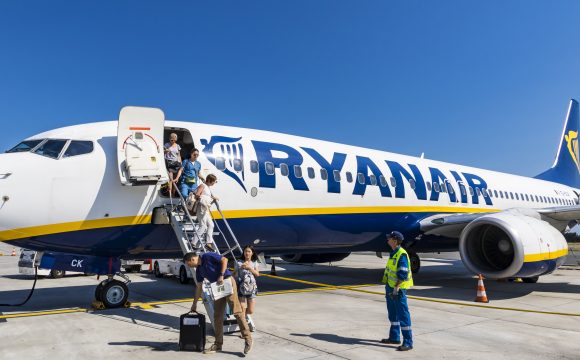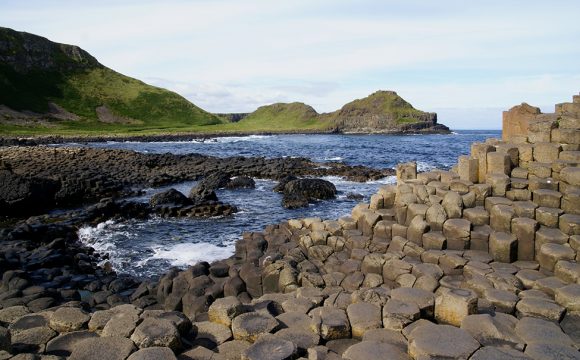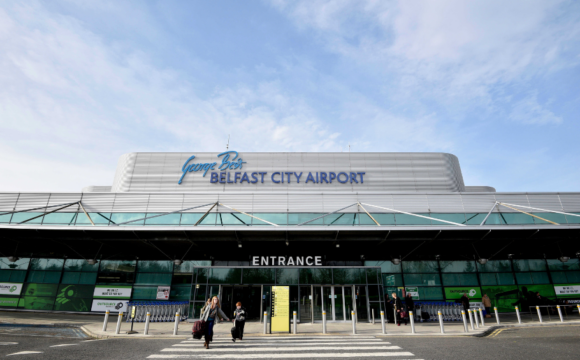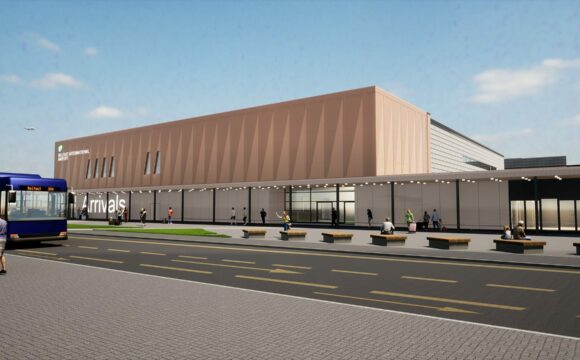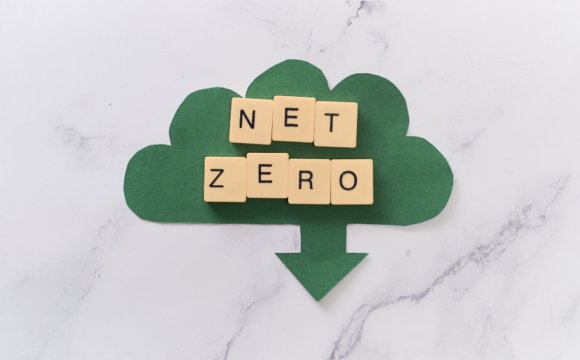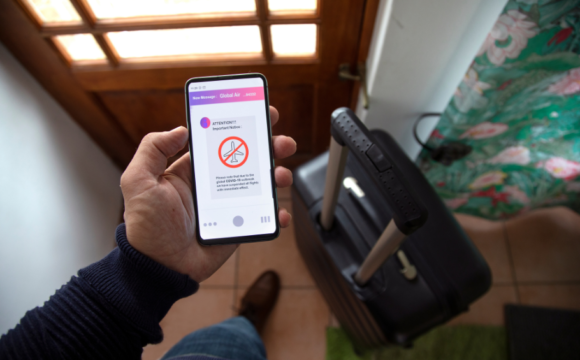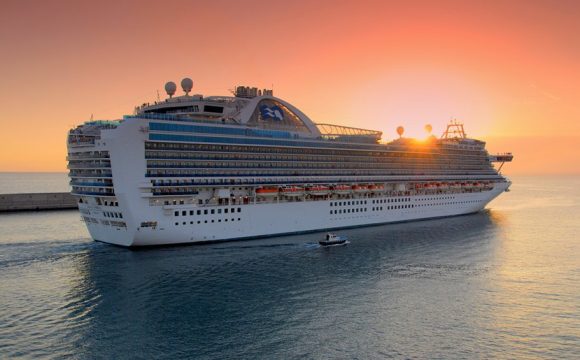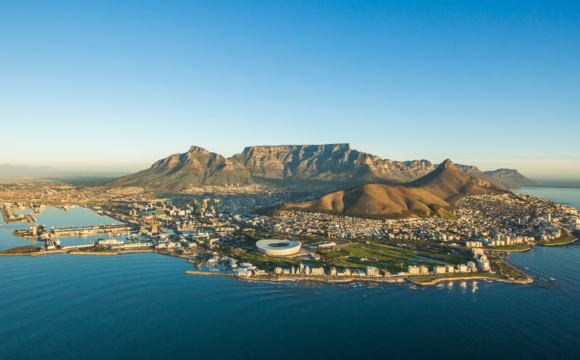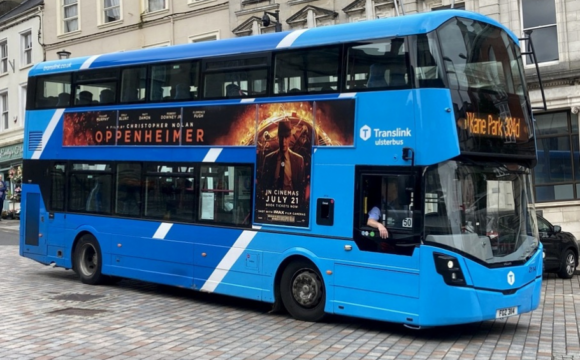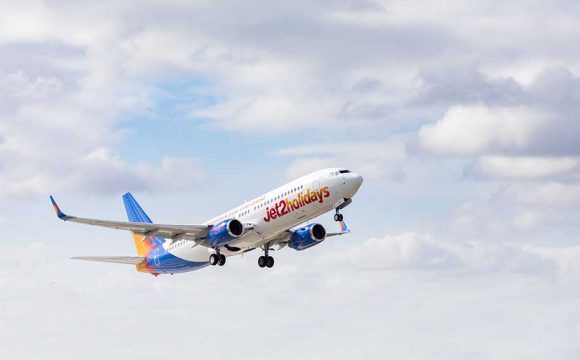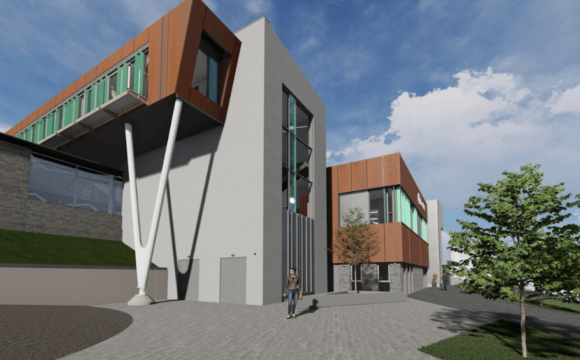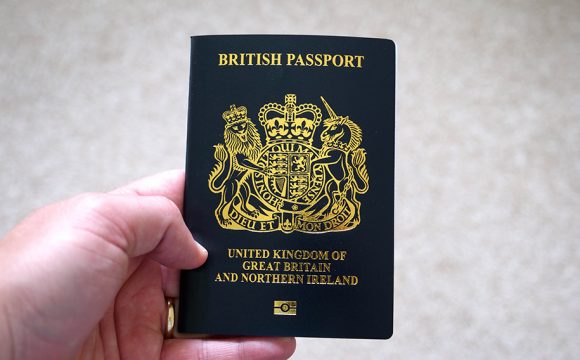Low cost airlines have made Europe so accessible in the last decade or so that many of us are running out of new cities to visit. Paris, Brussels, Rome, and Amsterdam are as familiar as Edinburgh and London, and even the newer Eastern European hotspots such as Budapest and Prague have been selfied to death by a increasing influx of travellers from the UK and Ireland.
Ryanair, easyJet and Jet2 have been mainly responsible for the growth in the city break market and as the low cost or budget airlines spread their wings even further the search is on for somewhere new to explore, a city which will be different, affordable and yet fire the imagination. It also helps if it is value for money and reasonably convenient to get to…
Fitting in to all these categories is Kiev, the capital of Ukraine, Europe’s most populated, biggest, and possibly least known European country, and just three and a half hours from London with Ukrainian Airlines (UIA) and British Airways. But it is significant that the city’s main airport Kiev Borsypil has been talking to Ryanair for some months now, although the Eastern Europeans are finding that when it comes to negotiating and brokering deals they have still much to learn when it comes to Mr O’Leary and Co.
Kiev was all over world headlines four years ago around the turn of the year when the city was the centre of popular protests against the pro-Russian government of Viktor Yanukovych who had reneged on a mandate to sign a pro-EU association agreement, and opted instead for closer ties with Ukraine’s huge and powerful neighbour to the East, Vladimir Putin’s Russia.
It was not what most of the people wanted, especially the young, upwardly mobile, intelligent and ambitious, who were ringleaders in a protest which began in November 2013 on the Maidan, Kiev’s hugely impressive Independence Square area and lasted for 92 days, Europe’s biggest and longest peacetime demonstration. With half a million people in the square at one time, the Maidan protests dwarfed similar political mass movements in the Fifites and Sixties in cities such as Prague and Budapest against the Soviets.
When the peaceful Maidan protests were eventually met with the bullets and batons of the Berkut special police, and some deadly snipers of unknown affiliation and origin, operating it’s generally presumed under orders from Yanukovych government and perhaps influenced by Soviet agents, the anger of protesters brought down the government. The Party of the Regions leader Yanukovych fled to Crimea, then still a part of Ukraine, and eventually to Russia, leaving behind the most appalling example of obscene wealth – and even his own zoo – at his residence just outside Kiev.
Four years later much of the hope and almost innocent aspirations of the protesters have dissipated. The new government is almost as corrupt as the old one, the ordinary people are poorer because of the dispute with Pro-Russian separatists in the east, the Dombas, the hitherto industrial heart of Ukraine, and their dreams of closer ties with Europe are not much closer to being realised. True they are being drip fed huge amounts of euros by the EU on condition the war against corruption is stepped up, and a big plus for ordinary Ukrainians is that they are now allowed to travel to the EU (though not the UK) without a visa.
Yet Kiev is an amazing city with wonderful buildings, gleaming church domes aplenty and a wonderful setting on the banks of the great River Dnipro, (Dneiper). It’s a country with so much potential, with truly extraordinary and resilient people, and much to attract the visitor, especially in summer, standing as it does on the Dnipro. The river attracts locals and tourists alike in summer with its beaches, islands and hydropark, a huge makeshift outdoor gym which has to be seen to be believed, offering sun worshipping, beach volleyball, football, basketball, bungee jumping from a giant crane, and jet skiing.
But if it’s golden domed Russian or Ukrainian Orthodox churches you are looking for Kiev will not disappoint. St Michael’s Gold Domed Monastery is five minutes walk from Independence Square and impossible to ignore with its gold domed blue church, named after Kiev’s patron saint. Also, St Sophia’s Cathedral has a truly astonishing interior and is the city’s oldest standing church building. Many of the mosaics are original frescoes, dating back to to the 12th century when the cathedral was built to celebrate Prince Yaroslav’s victory over local raiders.
The building’s golden domes and 76-metre tall bell tower are 18th century baroque add-ons.
If you have time also take in St Volodymyr’s Cathedral which has the prettiest interior. Huge murals include a painting of St Volodymyr the Great’s baptism into Orthodox Christianity and of the city’s residents in the Dnipro River for a huge mass baptism.
But one of Kiev’s top tourist attractions and indeed holiest places in the entire country is the Lavra area. Every day thousands of pilgrims and tourists make the short walk from the metro to the 60 acres of grassy green hills overlooking the Dnipro. With its huddle of gold domed churches above ground and a labyrinth of underground tunnels lined with mummified monks the Lavra is a must on your visit to Kiev.
The catacombs were dug out more than 10,000 years ago by monks where they worshipped, studied and in fact lived. When they died their bodies were preserved without any embalming by the caves’ cool temperature and dry atmosphere.
The Lavra is divided into two, the upper and lower lavra, one owned by the Kiev Government and church, and the lower owned by the Moscow branch of the orthodox church which contains the caves. The Lavra is the biggest tourist attraction in the whole of Kiev and needs at least half a day to explore and get the whole benefit from your visit. Different rules of admission apply to different parts of the Lavra but it’s a good idea to take at least a two hour guided tour to get a flavour of the place. Strict dress codes for visitors apply.
Many football fans have heard of the famous Dynamo (pronounced Deen Amo) Kiev soccer team but few will know that the club’s players were the inspriation for the film Escape to Victory which starred Sylvester Stallone and Pele. When the Germans occupied Kiev in the Second World War, they ordered the club’s players to pay a German military side – and lose! They played four times and each time Dynamo won, despite being ordered not to by the occupiers. This was too much for the Nazis and a number of the players were executed at Babi Yar on the outskirts of the city along with many thousands of others. Almost the entire Kiev’s Jewish population were also executed here and the bodies buried in a ravine. There is a memorial to the footballers at the Dynamo Kiev stadium.
Several of Kiev’s top tourist attractions involve conflict, with the Museum of the Great Patriotic War looming large on the skyline from many parts of the city. You will see it coming in from the airport as you cross the Dnipro from the East Bank.
That’s because the site is marked by a huge 62 metre tall statue of a warrior woman called Rodina Mat, literally ‘Nation’s Mother’ in English, but formally called Defence of the Motherland Monument. It is particularly impressive (or ghastly) at night-time when floodlit and is a key part of the museum which was built in 1981 to honour the defenders of Kiev from the Nazis, (almost a million Soviet soldiers were taken prisoner when the city fell). It’s a sombre, Soviet-era exhibition with some truly shocking images but the highlight for many is the fact that you can literally get inside the head of the female warrior, nicknamed the Iron Lady, by taking an elevator right up inside her head!
A couple of other war-time sites worth taking in are the Holmodor (or Great Famine) Memorial and Babyn or Babi Yar mentioned previously where up to 100,000 people were murdered by the Nazis. When the Germans took over Kiev they marched the entire Jewish population out to Babi Yar and shot 34,000 people and pushed their bodies into a ravine. More killings followed which also involved gypsies, partisans, the disabled and even the footballers but all that’s left today is a green space where you can look over into the remaining ravine, and a couple of monuments, one a simple Jewish affair and the other a dramatic Soviet-style edifice, a short walk away from the actual site.
The Holmodor exhibition is dedicated to the millions of Ukrainians who were starved to death by Stalin in the early thirties, estimates range from four to eight million, and Ukraine has been fighting to get this truly shocking Soviet policy, little known by most of us in the West, recognised as genocide,
Still on conflict, you can not visit Independence Square without reading and seeing memorials and shrines to the killings of up to 107 people in the protests which led to Yanukovych’s overthrow – the Russian view is that the whole thing was organised by the Americans. There are shrines everywhere to the Heavenly Hundred as they are called and are now regarded by the vast majority in Ukraine as martyrs in the country’s ‘Revolution of Dignity’.
There is a little shrine to each individual as you walk up the hill on Institutskaya Street, where a lot of the shooting took place, complete with photograph and information (in Ukrainian) about them. The oldest victim was an 82 year old man, with a woman of 77 and several teenagers included in the dead. A museum is being planned for the site.
But Kiev is not all about protests and wars. It has hundreds and hundreds of beautiful buildings, apart from the churches, and superb shopping, with great touristy retail stalls under the main Kreshnatuk street and classy upmarket stores like Globus on Independence Square – centres which obviously cater more for Kiev’s ogliarch class which holds 95 per cent of the country’s wealth.
Of course, the vast majority of ordinary Ukrainians can only dream of shopping at one of the many designer and international outlets in the city centre. You will in fact see many of the Soviet-era flats where the ordinary people live, as you drive past many of them on the east side of the Dnipro on your way in to Kiev from the airport.
Here’s some useful info if it’s your first time in Kiev, or for that matter, Ukraine:
CURRENCY: Most restaurants and shops take credit cards, particularly American Express and Mastercard. But the local currency hyrvna (UAH) cannot be obtained outside Ukraine so take USD or Euros to exchange – dollars are best. Not every bank or currency exchange will take sterling but you are never far away from an exchange in central Kiev.
A guide to the fluctuating value of the hyrvna (pronounced grev-na) is that it exchanges for 28.5 to the US dollar at the moment, whereas when I first visited Ukraine some 10 years ago it was just eight UAH to the Dollar and 12 to the £1 sterling. Now you get 38 to the £1 – good for tourists but bad for locals.
Not surprisingly, Kiev and Ukraine in general is astonishing value for money. I put Macondalds to the test on Kreshchatyk Street in the centre and got a Big Mac, chips and a large orange juice for 89 UAH, just over £2. A cappucino was less than £1 in a restaurant jut off Independence Square, how’s that for value?.
GETTING AROUND: You can get from Boryspil airport by Bus, but if it’s your first visit to Kiev it’s best to organise a taxi to pick you up and take you to your hotel. The price for a private ordered in advance cab like this should be around 24 Euro or 28 dollars, as the airport is a good half hour’s drive from the centre. Do not be tempted to accept the blandishments of taximen as you exit the arrivals area. Ukrainian taxi drivers are notorious rip-off merchants and fleecing foolish foreigners is their forte.
The Metro is a good and fast way to get around the city, and is one of the deepest Metros in the world, some 12 storeys below ground. There are also trolleybuses, some trams on the outskirts and everywhere the ubiquitous marshrutkya, a sort of cross between a bus and a minibus. They’re extremely cheap, quite often packed but the workhorse of Kiev, and indeed the whole of Ukraine. Hot and stuffy in summer and dirt cheap, they’re how most locals get around, but watch your wallet.
SAFETY: Apart from the odd spontaneous demo around Independence Square or govt buildings you should not encounter any more safety worries in Kiev than you would in any other big European city. Take the usual basic precautions and you will be fine. Never take out your wallet or purse at a stall in the street, it’s better to have a few notes in a separate pocket or even money belt instead to pay for your purchases. Kiev-ians can recognise a Westerner a mile away no matter how inconspicious you try to look. Always carry your passport with you in a safe place, as police can often demand that you produce it.
The police force in Kiev got a revamp recently but despite hundreds of new recruits and the elimination of many of the old guard, Soviet-style habits die hard and locals will tell you that the law enforcement officers are still adept at earning a bit on the side, by asking for a few extra grevna to let you go on your way when pulled over for some motoring offences.
CHERNOBYL: Definitely the ‘in’ day tour from Kiev is a trip to the damaged nuclear reactor near the town of Prypat, a ghost town since the day of the explosion. Visitors will be tested for radio activity going in and out of the area and are closely monitored as they trudge round the abandoned streets and flats. Most poignant is the derelict childrens’ fun park which is silhouetted by the Big Wheel which hasn’t turned now in three decades. Trips are now officially approved but must be as part of a group – usually the bigger the group the lower the price. Chernobyl is a couple of hours drive north of Kiev. Luckily for the capital city the nuclear cloud went in the opposite direction.
Click to view article images:
